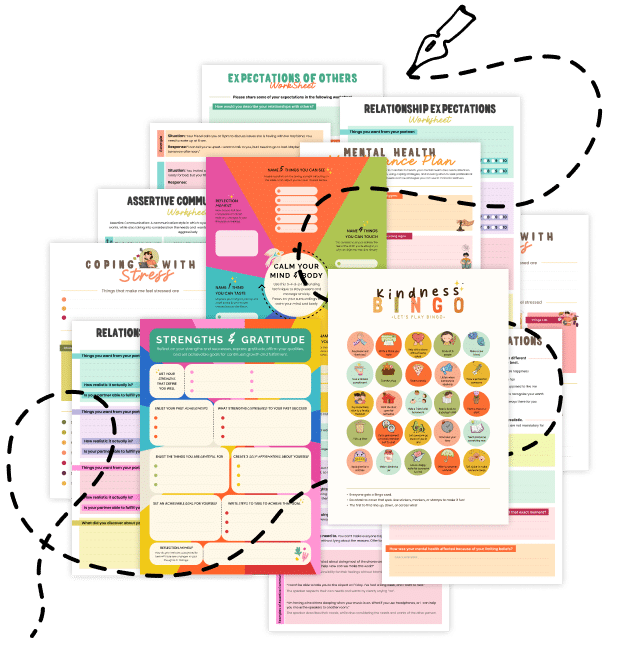20 Things About Micro-Fail Prototyping
Enhance your innovation process with these 20 insights on Micro-Fail Prototyping—what it is, why it matters, and how embracing small-scale failures can accelerate learning and lead to breakthrough improvements. Discover how rapid experimentation and learning from micro-failures can transform your design and development process.
1. What Is Micro-Fail Prototyping?
Micro-Fail Prototyping is the practice of building small, low-cost prototypes to test ideas quickly. These “micro” experiments are designed to fail fast, allowing you to learn and iterate rapidly.
2. Embracing Failure as a Learning Tool
Instead of fearing failure, micro-fail prototyping encourages you to see each setback as a valuable data point that informs better decision-making.
3. Low-Risk Experimentation
By keeping prototypes small and inexpensive, you minimize risks while exploring new ideas, ensuring that setbacks don’t derail your overall project.
4. Accelerated Feedback Loops
Quickly testing and failing on a small scale provides immediate feedback, which helps refine concepts and improve future iterations.
5. Cost-Effective Innovation
Investing a little time and resources upfront can prevent costly mistakes later, making the process both efficient and economical.
6. Encouraging a Growth Mindset
This approach fosters a mindset where failures are seen as stepping stones rather than obstacles, nurturing continuous learning and resilience.
7. Rapid Iteration
Micro-fail prototyping enables you to iterate quickly, evolving your ideas through a series of fast, incremental improvements.
8. Validating Assumptions Early
Testing ideas on a micro scale helps you verify assumptions before committing significant resources, reducing the chance of large-scale errors.
9. Boosting Creativity
Embracing small failures opens the door to creative problem-solving, as each “mistake” uncovers new insights and alternative approaches.
10. Minimizing Resource Waste
By failing small, you avoid pouring excessive time and money into ideas that aren’t viable, keeping projects lean and focused.
11. Enhancing Team Collaboration
Sharing micro-fail prototypes within a team fosters an environment of open communication, learning, and collective problem-solving.
12. Improving Risk Management
This approach helps you manage risk by breaking down larger challenges into smaller, manageable experiments that can be adjusted on the fly.
13. Data-Driven Learning
Each micro-failure generates data that can be analyzed to understand what went wrong, paving the way for more informed decisions in future iterations.
14. Fostering Adaptability
Regular exposure to small failures builds resilience and adaptability, preparing you to pivot and refine strategies as market or project conditions change.
15. Streamlining the Innovation Process
Micro-fail prototyping accelerates the development cycle by quickly filtering out unworkable ideas, so only the most promising concepts move forward.
16. Reducing Perfectionism
This method challenges the need for every prototype to be perfect from the start, promoting progress through experimentation rather than flawless execution.
17. Building Confidence in Iteration
Each small failure and subsequent improvement boosts your confidence and reinforces the value of iterative progress.
18. Scalability of Insights
Lessons learned from micro-fail prototypes can be scaled up, helping to refine larger projects and more complex systems over time.
19. Creating a Culture of Experimentation
Organizations that adopt micro-fail prototyping build a culture where experimentation is encouraged, and learning from failure is celebrated.
20. Related Topics to Explore
- Reframing Failure as Data – Learn how to turn setbacks into actionable insights.
- Psychological Flexibility – Discover strategies to adapt quickly to new information and challenges.
- Adaptive Confidence – Build confidence that evolves through continuous iteration and learning.
- Learned Resourcefulness – Cultivate the ability to solve problems using insights gained from past failures.
- Dynamic Goal Systems – Explore methods for adjusting goals as you learn from each micro-experiment.
Quick Tips to Boost Your Micro-Fail Prototyping
- Start Small: Design prototypes that are simple and low-cost to minimize risk.
- Embrace the Learning Process: Focus on the insights each failure provides rather than on perfection.
- Iterate Rapidly: Use quick feedback loops to refine your ideas and move on to the next iteration swiftly.
- Document Your Findings: Keep track of what worked and what didn’t to build a repository of actionable data.
- Foster a Supportive Culture: Encourage team members to share failures openly and learn collectively.
Embrace these insights and tips to harness the power of micro-fail prototyping, transforming small setbacks into big opportunities for innovation and growth!


